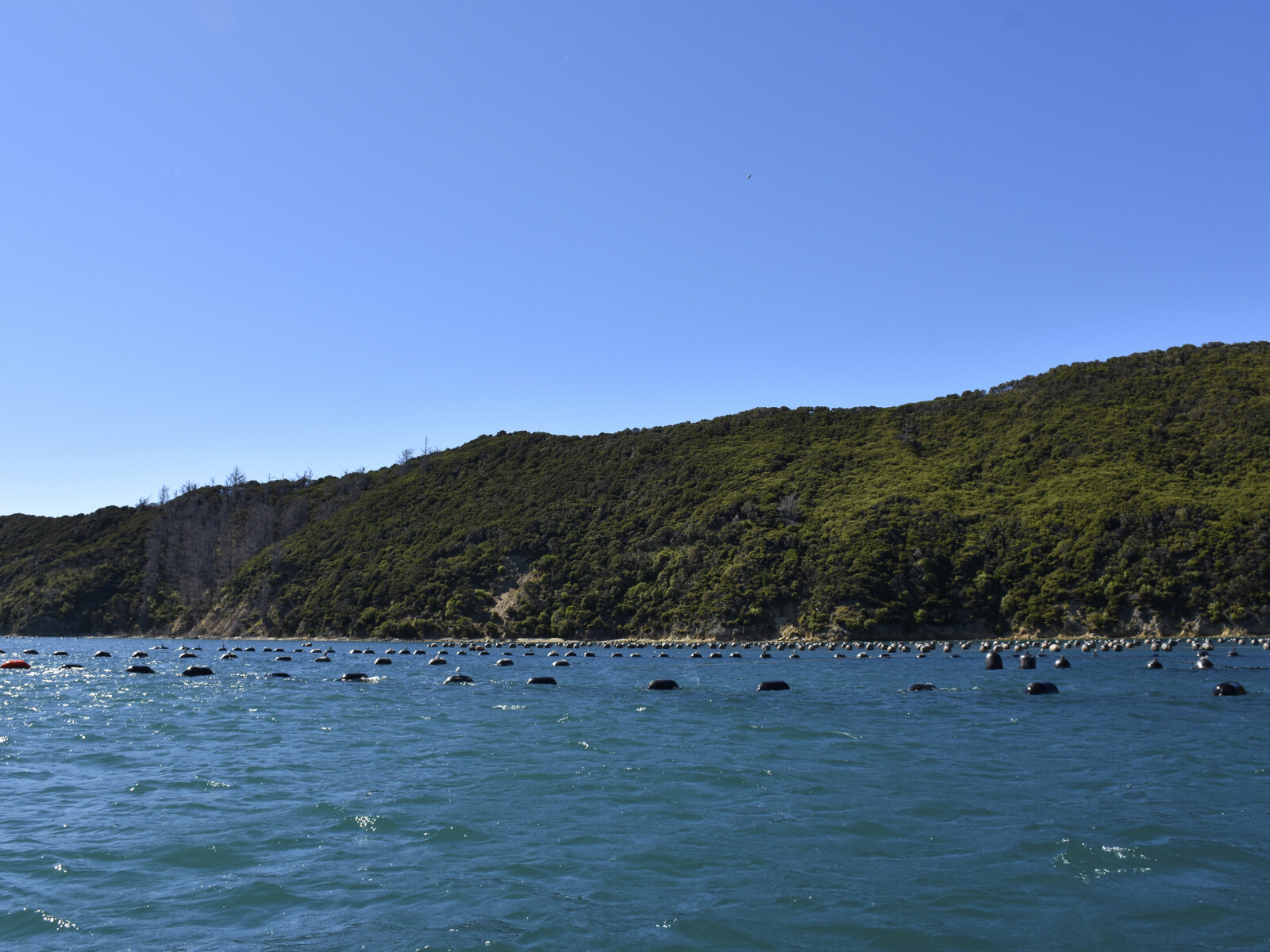This area has an unfortunate and not misplaced reputation concerning wind and poor holding. This bay is often used because of its convenience for an overnight stop, when travelling to and from Tasman Bay.
In bad weather, however, the anchorage is not recommended and it is better to use Kapowai or Deep Bay in N sector winds.
The Remarkable Cone on D’Urville Peninsula shown on the chart is now scrub covered and may not be as remarkable as legend has it.
The anchorage in Cherry Tree Bay, on the western side, should be viewed with a sceptical eye. The bay is a natural wind funnel and is only satisfactory if anchored close to the shore in certain places.
The holding is very poor, being a mixture of sand and gravel. A fisherman (pick) anchor will provide the most satisfactory holding, but many experienced skippers have dragged here in strong wind conditions.
In bad NW conditions boats have reported more secure holding by burying anchors in the north-western shore, near the head of the bay.
Anchoring close to the ‘remarkable’ cone is sheltered form E to SE winds, but should be used with caution in strong conditions.
This position can also be used in NW to N to E winds, as the wind tends to lift above the anchorage but is very uncomfortable to anchor on a lee shore.
Most moorings are found in Kia Ngawari Bay where Catherine Cove lodge is located.












